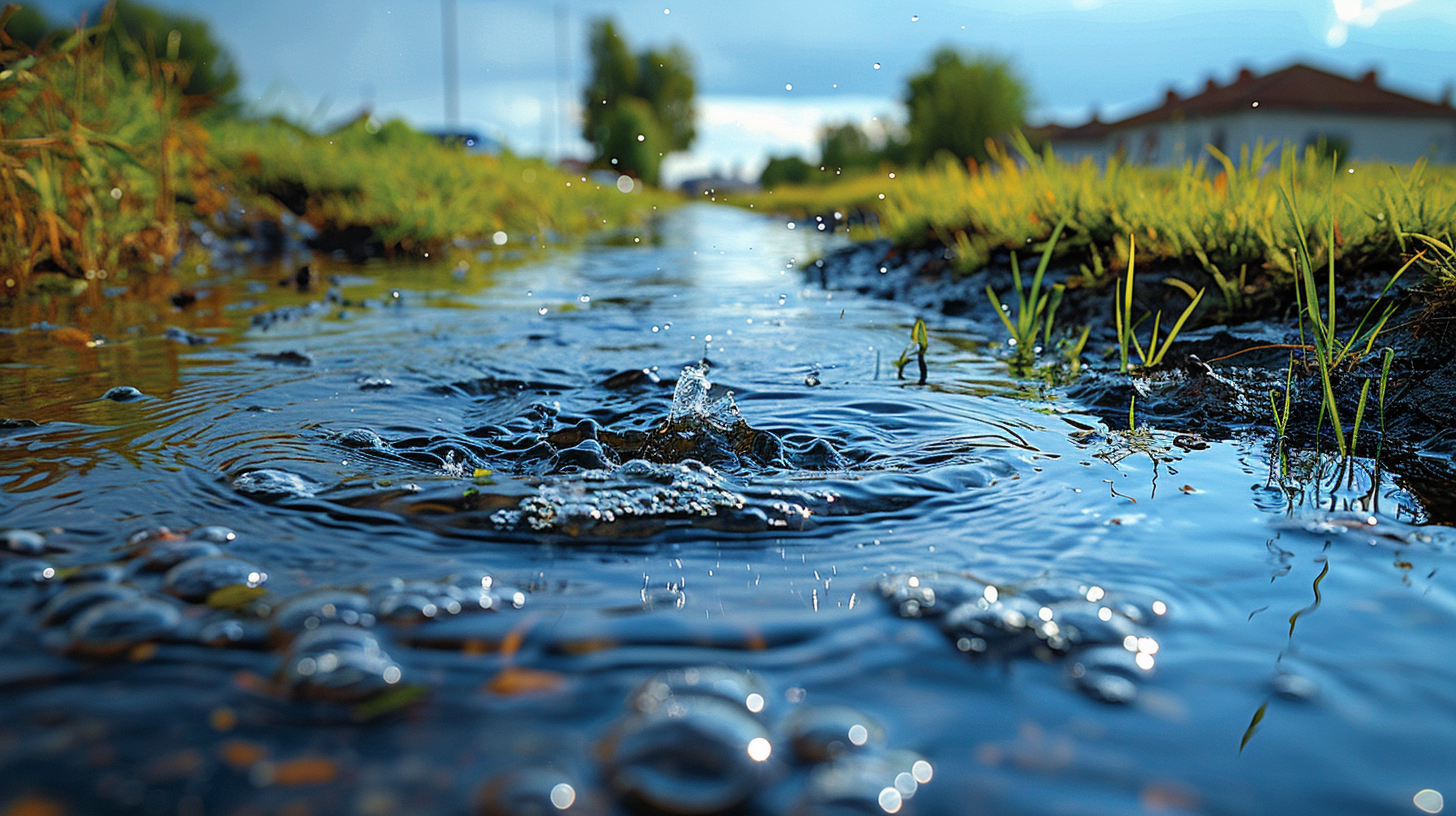The Science of Decay
Contents
- 1 The Science of Decay
- 2 What Happens to Tampons in a Septic Tank
- 3 Materials Used in Tampons
- 4 Biodegradability and Decomposition Rates
- 5 Clogging and Blockages
- 6 Physical Interference with Septic Components
- 7 Accumulation and Aggregation
- 8 Disruption of Microbial Ecosystem
- 9 Effects on Bacterial Balance
- 10 Implications for Effluent Quality
- 11 Chemical Interactions
- 12 Influence of Dyes and Additives
- 13 Impact on pH and Chemical Equilibrium
- 13.1 Tampons vs. Pads: Disposal and Degradability
- 13.2 Reusable Products: Environmental and Septic Considerations
- 13.3 Innovative Products and Septic Safety
- 13.4 Appropriate Disposal of Menstrual Products
- 13.5 Recommendations for Tampon Users with Septic Systems
- 13.6 Professional Septic System Care and Maintenance
- 13.7 Lifecycle of Tampons and Environmental Footprint
- 13.8 Alternatives and Innovations in Menstrual Hygiene
- 13.9 Advocacy for Sustainable Practices
- 14 Rules for Throwing Away Menstrual Products
Here’s where things get interesting. Your septic tank is a hotbed of bacterial activity. Those microbes are in heaven as they feast on the waste you provide. It’s like an eat-all-you-want deal for them. Their feasting helps break down the organic junk, keeping solid buildup low so your system doesn’t jam and start reeking.
When you throw something like a tampon into the mix—not meant for such a feast—it’s akin to tossing in a monkey wrench. These things are sturdy by design and don’t fall apart easily. This can lead to backups that could make your underground eco-friendly disposal unit go haywire.
Even though septic systems can handle poop and pee just fine, menstrual products like tampons are another story. They weren’t considered when these systems were made. Tampons have a tricky path through the intricate world of a septic system and this journey isn’t as simple as you’d hope.
What Happens to Tampons in a Septic Tank
Once you flush them, tampons go down the pipes and into the septic tank. Solids sink to the bottom here, and liquids spill over to the leach field. But tampons aren’t like other waste; they don’t break down easily. This can cause blockages and a pile-up that makes the septic system work harder, sometimes leading to expensive repairs.
Materials Used in Tampons
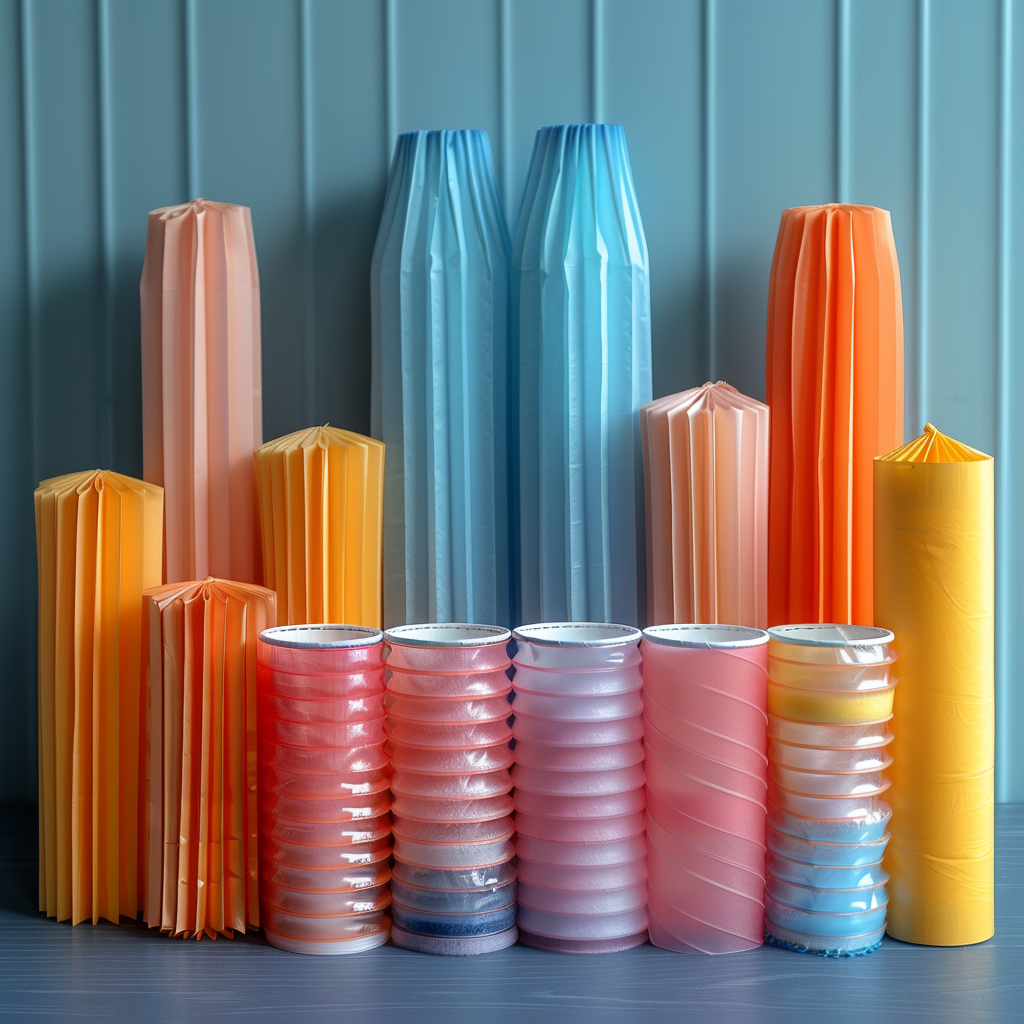
Tampons often consist of organic stuff such as cotton. Even though cotton comes from nature, it breaks down slowly in septic systems. It’s made to soak up and hold onto liquids, which makes it tough to fall apart quickly.
Synthetic Fibers
On the other hand some tampons are full of man-made fibers like rayon or mixtures with polyester. These artificial materials cause more problems for septic systems because they don’t biodegrade at all. They’re even harder to break down than organic things.
Biodegradability and Decomposition Rates
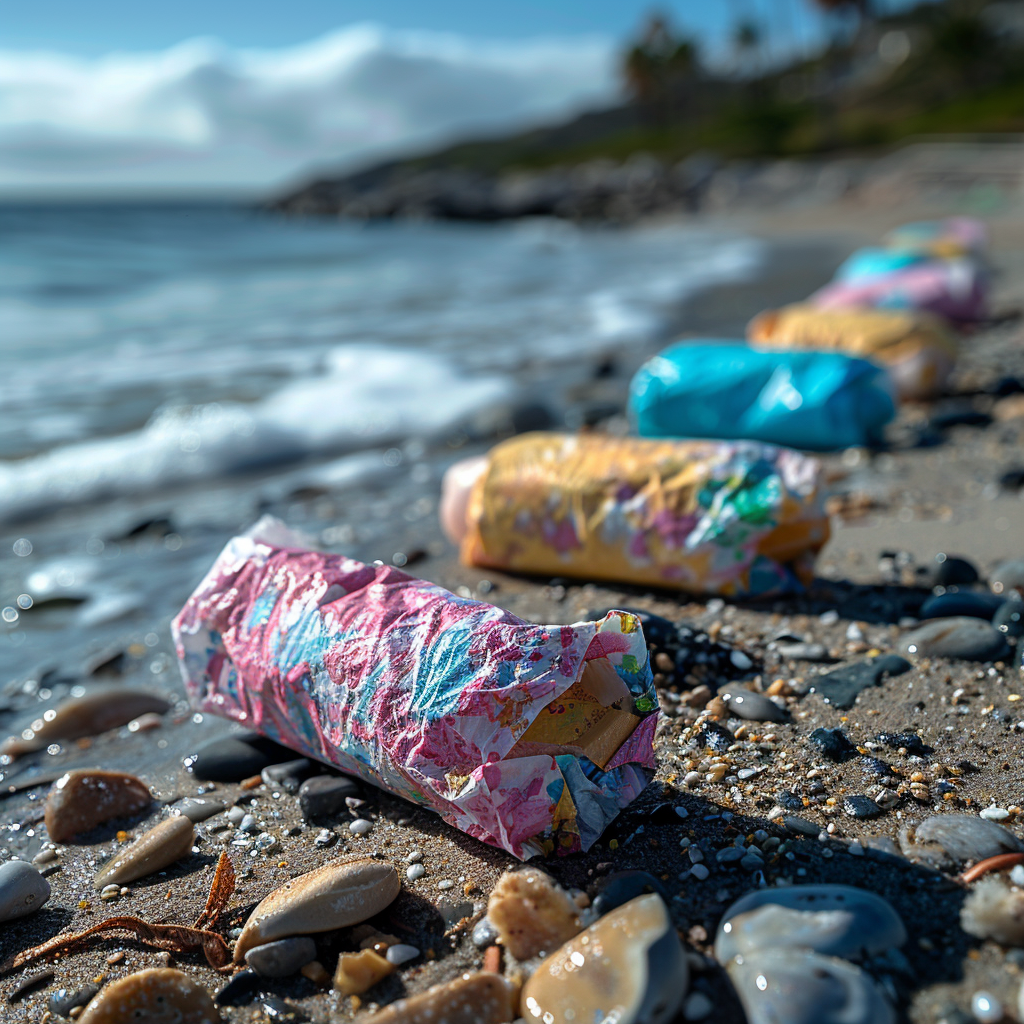
Tampons break down at different speeds depending on what they’re made from. Stuff like organic cotton will break down over time but slowly. On the other hand, tampons made with man-made fibers can stick around in septic tanks forever, causing big problems down the road. If you’ve got a septic system at home, it’s smarter to toss your tampons in the trash instead of flushing them, so you don’t run into any trouble.
Clogging and Blockages
Throwing tampons in the toilet can cause big issues for septic tanks. Tampons don’t dissolve as quickly as toilet paper, so they often get stuck in the pipes or the tank. This slows down or stops water and waste from moving through, which can cause backups or even break the system.
Physical Interference with Septic Components
Tampons can catch on different parts inside a septic system like the pipes going in and out or the filters. Because of what they’re made of and how big they are, they can get stuck pretty easily. When this happens, it messes with how the septic system works and makes it harder for it to handle waste the right way.
Accumulation and Aggregation
As time goes by, tampons tend to pile up in a septic system because they’re tough to break down. This buildup can lead to big lumps that block the system making it not work right, and you might end up having to pay a lot for someone to come and take them out.
Disruption of Microbial Ecosystem
Septic tanks rely on bacteria to decompose waste, but tampons throw a wrench in the works. They bring in materials that the bacteria struggle to break down. This can lead to weaker waste breakdown and cause the system to fail.
Effects on Bacterial Balance
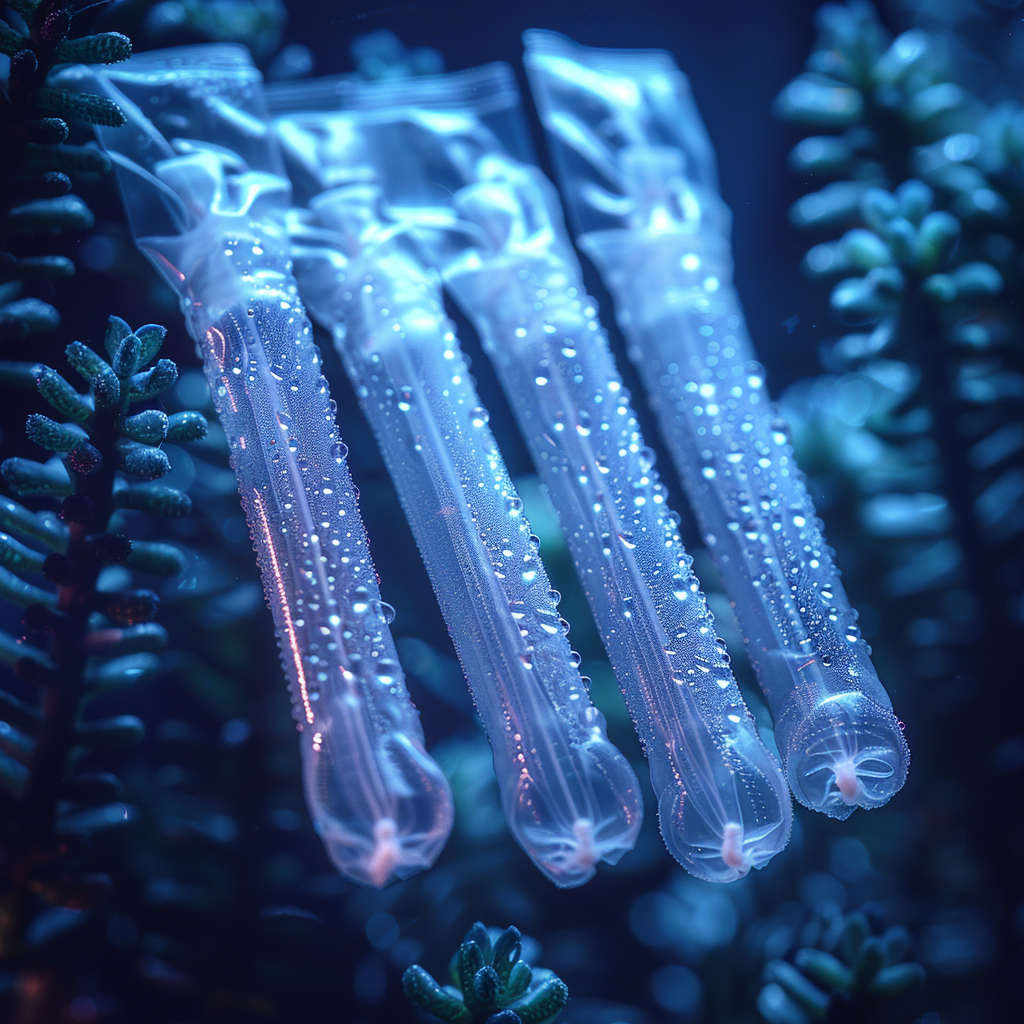
Tampons might mess with the careful mix of helpful bacteria in the septic system. They’re made with fake materials and chemicals that you don’t normally see in human poop, which can stop the good germs from growing and working right. When there’s fewer active bacteria, the waste doesn’t break down as well.
Implications for Effluent Quality

Septic systems clean up wastewater so it’s safe to seep back into the earth. But when tampons clog things up, there’s a rise in solid bits in the effluent—that’s the liquid that leaves the tank. When the effluent’s got more solids, it’s not as pure, and this ups the chance of polluting the groundwater.
Chemical Interactions
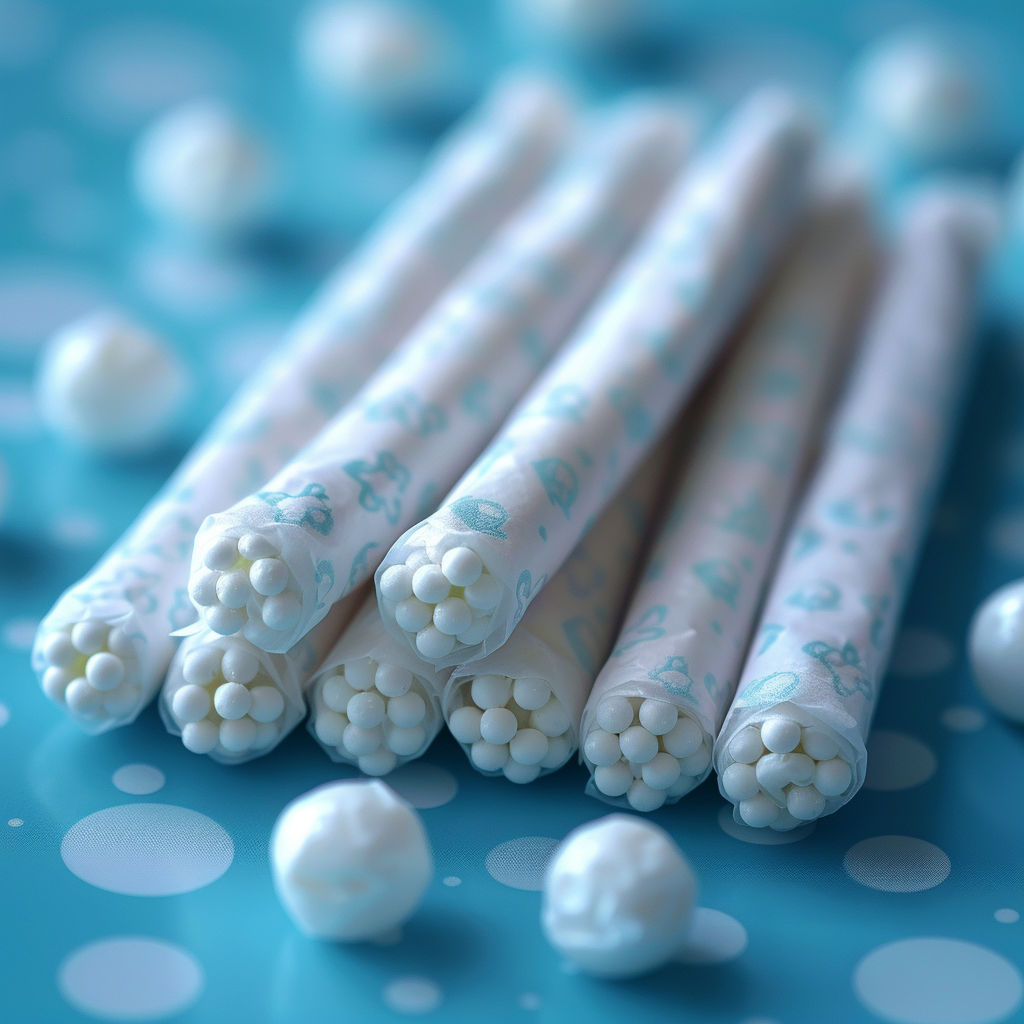
Materials in tampons can cause bad chemical reactions in your septic system. When tampons get into the tank. they might let out chemicals that change how it usually works.
Influence of Dyes and Additives
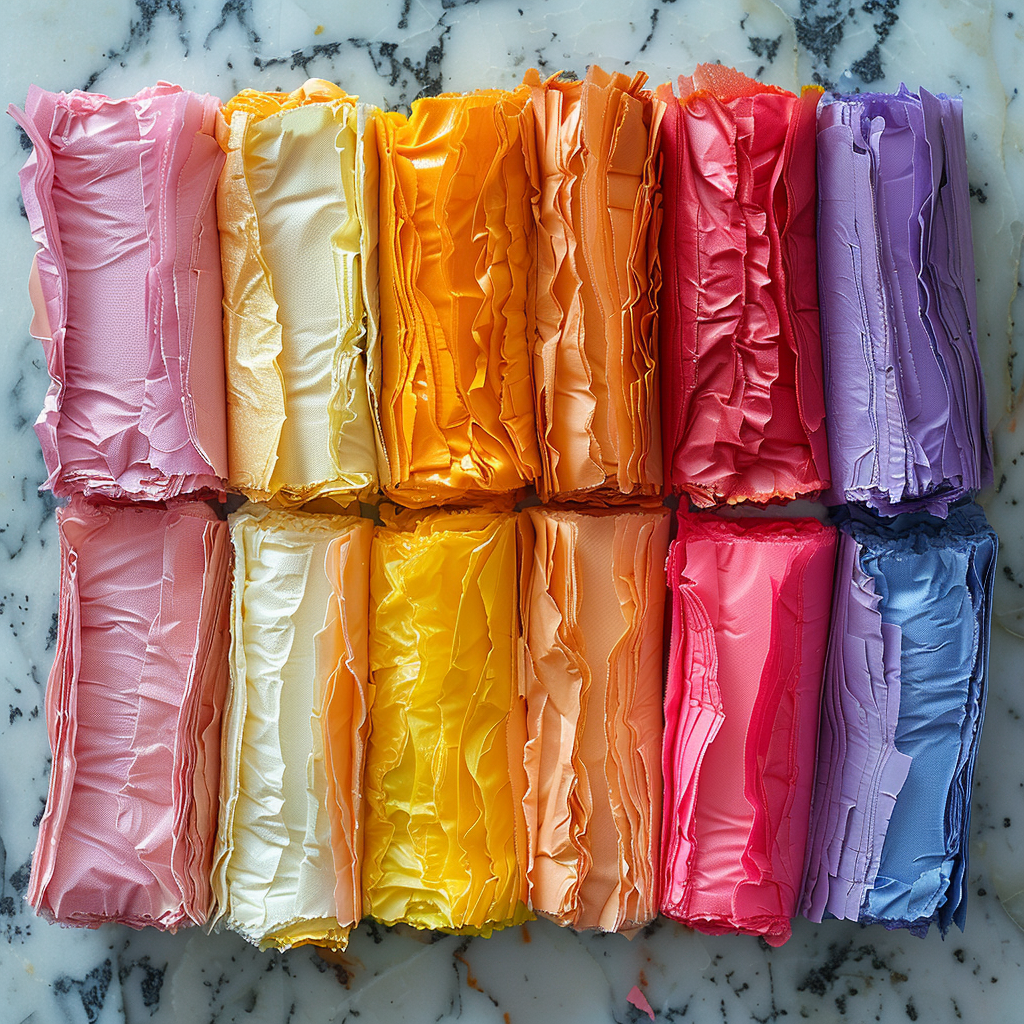
Tampons often have added dyes and extra stuff to soak up more or look better. When these tampons end up in a septic system, the added chemicals can throw off the balance. This might cause problems with handling waste and keeping the water clean.
Impact on pH and Chemical Equilibrium
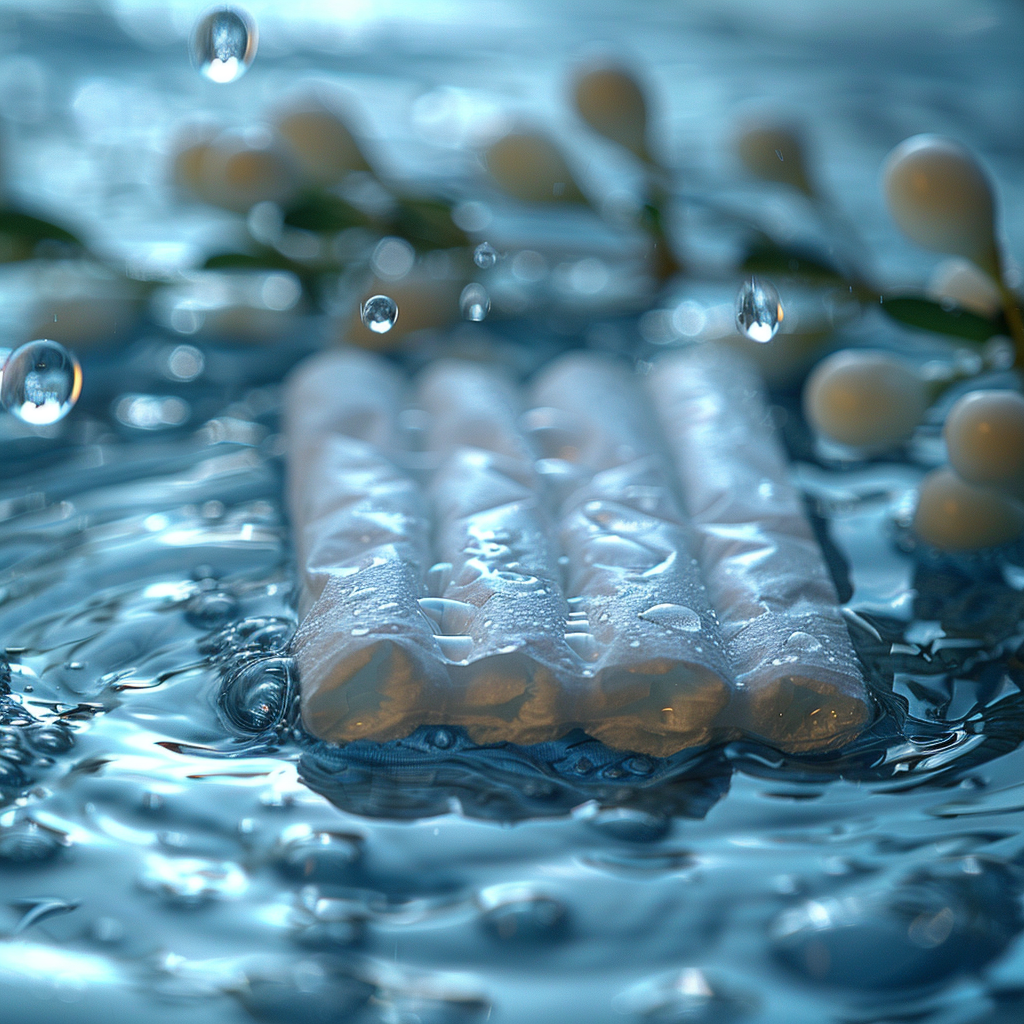
The right pH level in a septic tank is vital for bacteria to break down waste. Tampons can mess up this balance because of what they’re made from and what they soak up. If the pH balance is off, waste doesn’t break down as well, and parts of the system might wear out faster.
Tampons don’t play nice with septic tanks. They’re meant to soak up liquid and not fall apart, which makes them break down slower than toilet paper or other waste. This slow breakdown could cause clogs or make you need to fix your tank more often. Stuff that’s not supposed to biodegrade throws the whole septic system off track.
Tampons vs. Pads: Disposal and Degradability
When it comes to getting rid of tampons and pads, both should really go in the trash, not down the toilet. Although tampons are smaller than pads, and might seem less of a problem, they still don’t break down easily. Pads, with their big size and special absorbing stuff, can be just as bad for septic systems when flushed.
Reusable Products: Environmental and Septic Considerations
Things like menstrual cups or cloth pads that you can use again are better for the planet and won’t hurt your septic system much. They don’t add to the garbage that causes problems in tanks. Using these products means making less waste during your period, which helps keep your septic system and the environment healthy.
Innovative Products and Septic Safety
New kinds of menstrual products have come along that are friendlier to septic systems. Biodegradable tampons and pads are made to fall apart easier in your tank. Companies are working hard to make things that work well for both personal care and not messing up the water treatment process. These new ideas are about having good hygiene without hurting the environment in the long run.
A septic system needs regular care to work well for a long time. These tips will help keep yours working smoothly:
Appropriate Disposal of Menstrual Products
You shouldn’t flush sanitary products like tampons. They can jam up the works and make your system run worse. Just throw them away instead.
Recommendations for Tampon Users with Septic Systems
If your home has a septic tank, remember not to flush tampons. They’re tricky to break down and can cause blockages or other problems.
Professional Septic System Care and Maintenance
Getting an expert to check and pump your septic system regularly is key to keeping it healthy. This helps you dodge expensive fixes and makes sure it’s all good down there.
Using tampons affects the environment by troubling the waste stream and water systems. When folks flush them, they end up in septic tanks where they don’t fall apart easy because they’ve got plastic in them and are dense. Blockages can happen, which is rough on the septic system and bad for nature too.
Lifecycle of Tampons and Environmental Footprint
Making tampons takes cotton or synthetic fibers, which often uses pesticides, fertilizers, and lots of power – that’s a big mark on the environment. Plus, once thrown away, they stick around in trash heaps for ages since they don’t just rot away, adding up to our garbage issues.
Alternatives and Innovations in Menstrual Hygiene
There’s a push for earth-friendly menstrual stuff like menstrual cups, reusable pads, and organic tampons that break down easier. These choices could really cut down on how much traditional tampons harm septic systems and the whole planet.
Advocacy for Sustainable Practices
Pushing for green period products is crucial. We need to get people throwing things out right, teach what happens when you flush tampons, put money into making stuff that rots away better and back businesses that put the planet first when they invent new products.
Rules for Throwing Away Menstrual Products
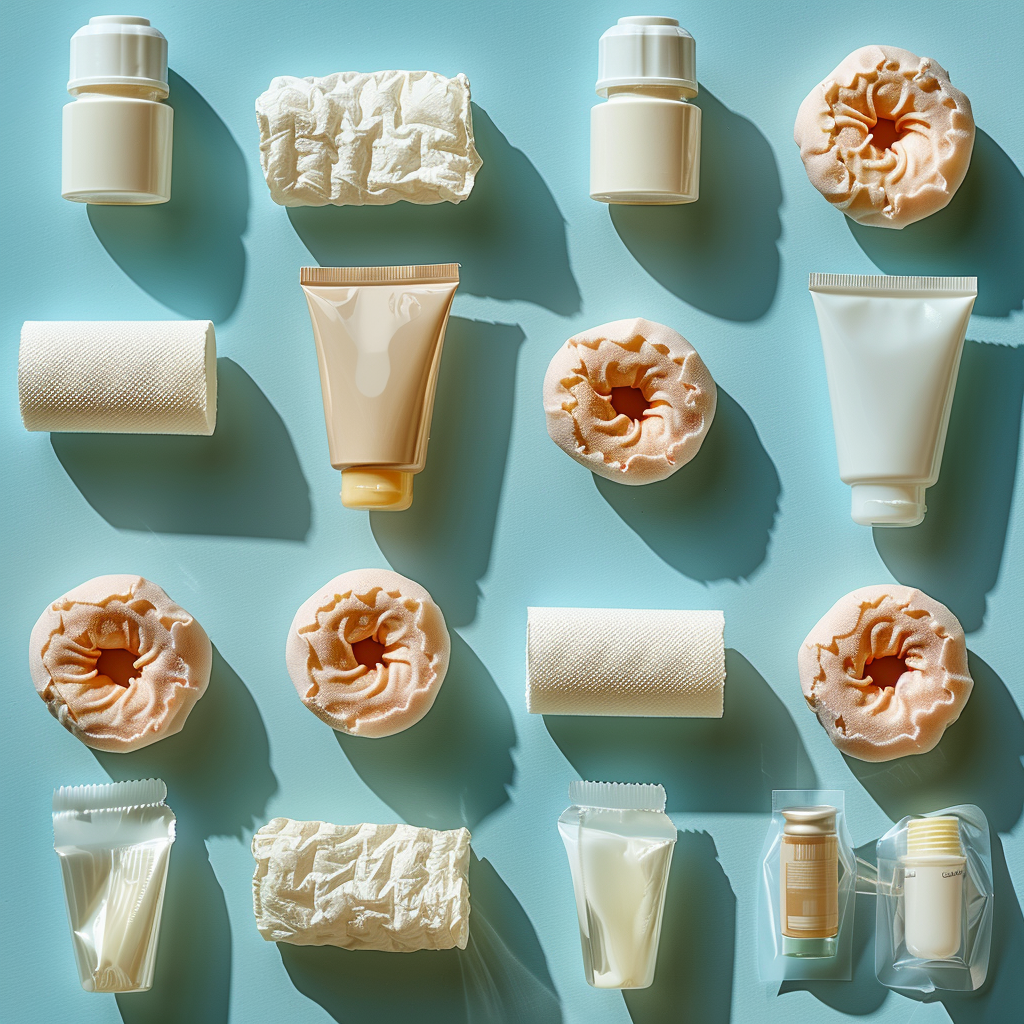
Throwing away menstrual products the right way is important to keep septic systems healthy and lasting longer. Different rules have been made to avoid problems. For example, tampons don’t break down quickly in septic tanks, which can cause clogs. So, guidelines are clear: don’t flush them. While rules vary across countries, most agree that you should only flush human waste and toilet paper.
Teaching People How to Dispose of Products Properly
There are big efforts through teaching campaigns to make sure people know how to throw away menstrual products correctly. This work is key to changing what people do and keeping septic systems safe from harm. These campaigns reach out to schools, local places, and the web, sharing really useful tips about how to stay clean. Giving people this info helps them make better choices for the environment when they throw these products away.
What’s Next for Products and Getting Rid of Waste
In the future, there’s a push to make menstrual products that don’t hurt septic systems and are better for the planet. The goal is to use materials that fall apart more easily and don’t mess with how we handle waste. At the same time, there’s work being done to get better at dealing with waste – making septic systems that can take care of all kinds of trash better.

I’m Tim Robberts, a seasoned wastewater treatment & septic system expert with over 40 years of experience in the field. My career began as a septic tank installer, and I quickly gained a reputation for my attention to detail and commitment to excellence. Over the years, I’ve honed my skills in designing, installing, and maintaining septic systems for residential and commercial properties.
